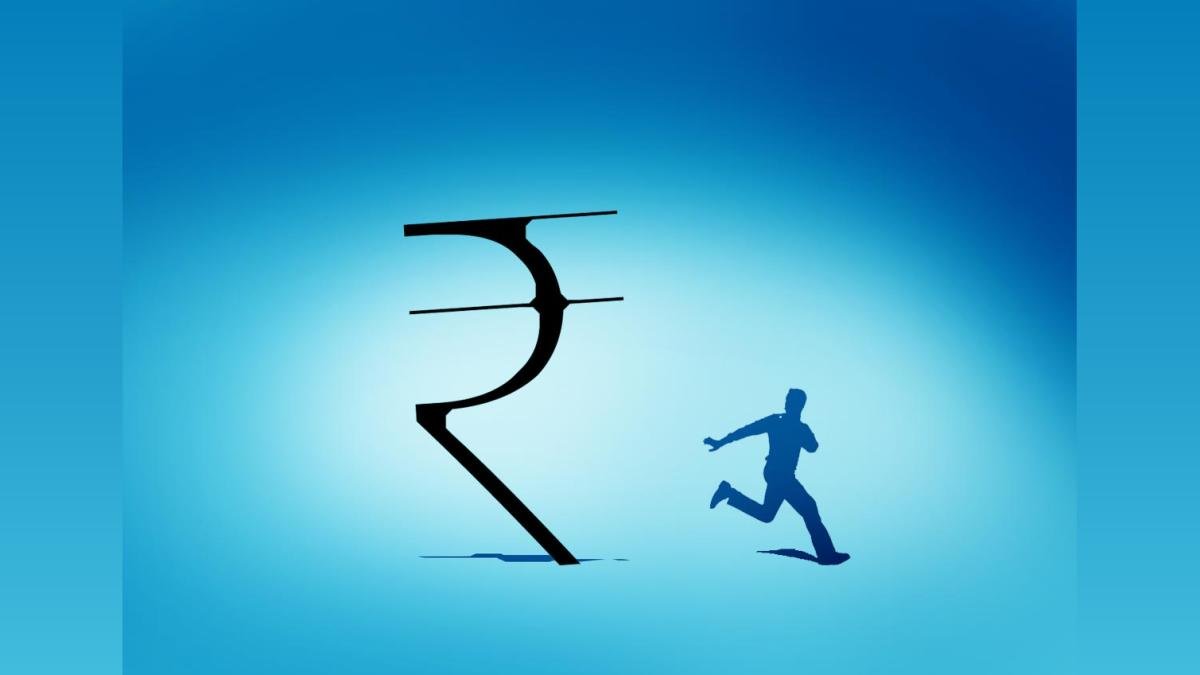Every time the market looks ready to roll over, it somehow remembers what it’s made of. It’s as if the bull, bruised but unbowed, refuses to leave the stage. Asia opens this week with that same defiant energy — the feeling that risk appetite, despite every macro scare and liquidity tremor, still wants to live another day.
By the end of last week, a fragile but meaningful détente between Washington and Beijing had injected new life into global risk. President Trump softened his tariff rhetoric, admitting that the threatened 100% duties on Chinese imports “wouldn’t be sustainable.” Beijing responded with reassurance that its latest export controls won’t choke normal trade flows. That was enough to unstick markets from their midweek funk: S&P futures firmed, Treasuries steadied near 4%, and gold finally took a breath after a relentless climb.
It’s not yet a truce — more like a ceasefire between exhausted generals — but it’s buying time for a market that wants to believe the worst of the trade war is behind it. Hopes are running high that Treasury Secretary Bessent and Vice Premier He Lifeng can craft enough diplomatic choreography to pave the way for a Trump–Xi meeting later this month. Even a hint of such a summit would be enough to keep risk appetite humming.
In Asia, that optimism is finding an echo.
Still, nothing is really done until both fat men sing—Trump and Xi. The market has learned that lesson enough times to tattoo it on its P&L. Their eventual handshake, real or rumoured, will likely serve as the next ignition spark or cold shower for global risk.
That said, today’s Chinese data dump will likely again test the “bad news, good stimulus” reflex. Still, policy traders know the playbook: Beijing won’t let momentum slip without counterpunching with at least a mention of fiscal support. The real question isn’t whether the government acts — it’s how much and how fast. For now, the market’s comfortable betting on more help from the centre.
Japan, meanwhile, is stealing some of the spotlight. Nikkei futures are leaning higher ahead of Tuesday’s leadership vote that’s widely expected to usher in Sanae Takaichi as Japan’s first female prime minister. Her likely coalition with Osaka’s Ishin party carries a whiff of structural ambition — from defense spending and nuclear restarts to industrial modernization. Global investors refer to it as the “Takaichi trade”: long equities, short JGBs, and short yen. If it holds, it could drive Japan’s benchmark toward new highs, underscoring how political clarity can translate directly into price action.
Underneath the global headlines, the U.S. earnings season is off to a firm start. Big banks have reminded investors that the credit system still has muscle. Investment banking and trading divisions delivered better-than-expected numbers, and while regional lenders continue to nurse some bruises from last year’s shocks, their balance sheets aren’t cracking. Treasuries are absorbing the stress rather than amplifying it — and that’s a sign of confidence, not fear.
True, the partial government shutdown has turned the data calendar into an operation by candlelight, forcing the Fed and traders alike to navigate by feel. But Powell’s latest tone carries no panic. He’s acknowledged softer labor signals and tariff-driven price distortions, yet remains confident that policy can stay flexible. With a 25-basis-point cut already priced for the October 29 meeting, the market senses an institution ready to cushion rather than crush.
Credit markets, often the first to sniff trouble, are instead sending calm signals. Default rates in high yield and leveraged loans have peaked. Auto and credit-card delinquencies are rolling over. Three powerful engines are working in the background: waning trade uncertainty, the AI-driven infrastructure boom, and a U.S. industrial renaissance stretching from aerospace and defense to biotech and automation. It’s a macro cocktail few expected a year ago — but it’s what’s keeping the cycle alive.
And that brings us back to the eternal trader’s question: boom, bust, or bubble? The S&P’s forward P/E above 22 makes valuation purists twitch, but stretched doesn’t mean broken. Markets aren’t delusional — they’re discounting a world of real structural investment and an easing Fed. We’re somewhere in the middle innings of the game, not the final frenzy. The AI super-cycle, the reshoring wave, the data-center buildout — all of it points to a world where industrial and digital expansion run in parallel.
If you chart the nine stages of a bubble, we’re probably hovering around stage four or five — speculation accelerating, leverage building, wealth creation spreading. But this isn’t the fever pitch of 1999. The fundamentals underneath — earnings, cash flow, balance sheets — remain sturdy. The irony is that the Fed’s very caution may end up inflating valuations further. Liquidity is oxygen, and the market’s lungs are full again.
So as Asia steps into a new week, the backdrop looks less like a battlefield and more like a rebuilding zone. The bulls are no longer charging blind — they’re charging with purpose. Trade tensions are cooling, credit fears fading, AI spending booming, and Japan offering a fresh political catalyst. The macro fog hasn’t lifted completely, but there’s enough light breaking through to keep traders leaning long.
Because in this cycle, resilience is the new alpha — and once again, you just can’t keep a good bull down.







